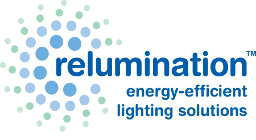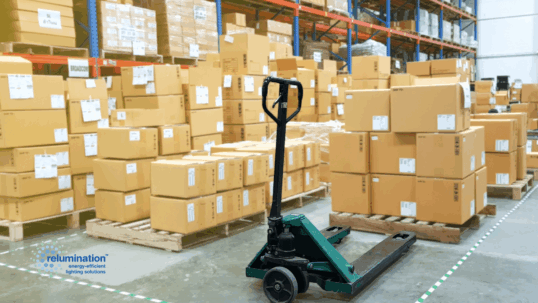To achieve better illumination, industrial, manufacturing, and commercial sites are retrofitting old metal halide and high-pressure sodium lighting systems with next generation LED lighting. In the process, those sites are realizing substantial energy-efficiency benefits from those LED lighting systems.
An LED lighting system can generate the same or better luminosity as a traditional lighting systems while consuming less than half the electrical energy as a traditional system might require. The costs of retrofitting a traditional industrial or commercial lighting system with an LED system will be recouped in twelve to eighteen months after installation solely from reduced energy utilization. Next generation LED systems can operate for up to 50,000 hours continuously, and in some cases for more than 100,000 hours. This reduces maintenance and replacement costs as well.
Newer LED systems have also responded to the criticisms of degrading luminosity that had affected the first generation of LED’s. LED manufacturers have developed heat sink technology and other systems that reduce the thermal load on LED luminaires. Reduced thermal loads extend the life and performance of LED’s and keep fixtures operating at peak performance for several years.
Industrial and commercial sites that retrofit with LED systems will also experience secondary energy efficiency benefits from improved employee safety and performance. LED lighting is closer to natural lighting than traditional illumination systems. Employees are better able to distinguish fine detail and contrasting features in objects under LED light. These improvements lead to reduced employee fatigue and better overall operational efficiency.





